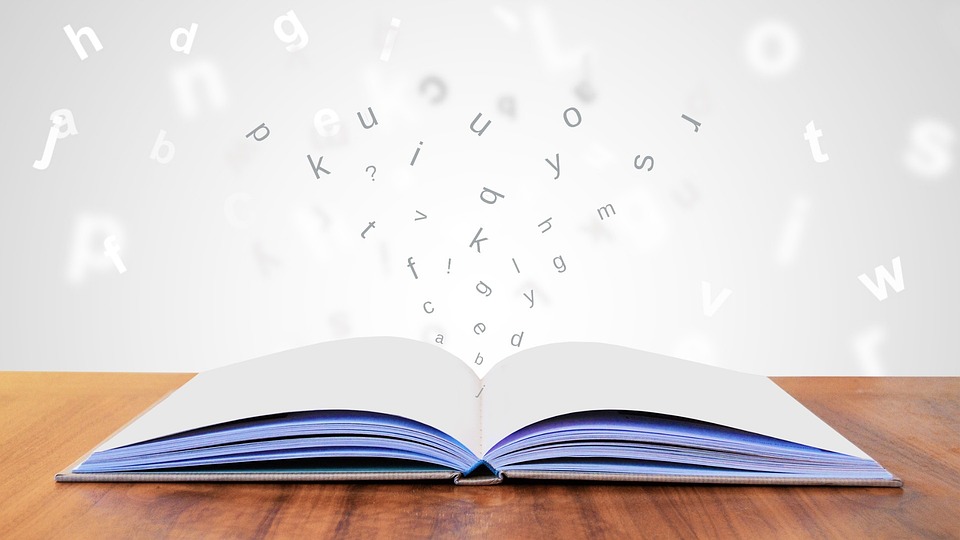Mastering Conflict Resolution: Effective Strategies for Responsible Teaching
Introduction:
Conflict is an inevitable part of any classroom setting and can arise from various sources such as differing opinions, personal conflicts, and intense emotions. As responsible educators, it is essential to possess the skills and strategies necessary to effectively manage and resolve conflicts in order to create a positive and conducive learning environment for all students. In this article, we will explore practical and effective conflict resolution strategies that can be employed by teachers to address conflicts responsibly. Additionally, we will provide answers to some frequently asked questions regarding conflict resolution in the educational context.
I. Understanding Conflict Resolution:
Conflict resolution refers to the process of identifying, addressing, and finding solutions to conflicts in a peaceful and constructive manner. Rather than avoiding or suppressing conflicts, responsible teachers must embrace them as opportunities for growth, understanding, and learning within the classroom.
II. Conflict Resolution Strategies for Responsible Teaching:
1. Create a Safe and Inclusive Environment:
Teachers should establish a safe and inclusive classroom environment where students feel comfortable expressing their opinions and emotions without fear of judgment or reprisal. Fostering an atmosphere of respect and empathy will lay the foundation for constructive conflict resolution.
2. Teach Active Listening Skills:
Active listening is a crucial skill for conflict resolution. Encourage students to listen attentively to others, demonstrate understanding, and validate their feelings and perspectives. Active listening allows for effective communication and reduces the likelihood of misunderstandings.
3. Promote Open Dialogue:
Create opportunities for open dialogue and discussion within the classroom. Encourage students to voice their concerns, ask questions, and engage in respectful debate, fostering the development of critical thinking skills and mutual understanding.
4. Teach Conflict Resolution Techniques:
Introduce students to various conflict resolution techniques such as negotiation, compromise, mediation, and problem-solving. Provide real-life scenarios for students to practice these strategies, enabling them to develop essential conflict resolution skills.
5. Set Clear Expectations and Boundaries:
Clearly establish classroom expectations and rules, addressing appropriate behavior and conflict resolution procedures. This clarity ensures that students are aware of the consequences of their actions and creates a sense of accountability.
6. Encourage Collaboration and Peer Mediation:
Promote collaborative projects and activities that encourage students to work together and resolve conflicts amongst themselves. Encouraging peer mediation empowers students to take responsibility for conflict resolution while developing empathy and communication skills.
7. Model Positive Behavior:
Teachers should model positive conflict resolution behaviors by managing their own emotions, actively listening to students, and engaging in respectful dialogue. Acting as positive role models, educators can demonstrate effective conflict resolution strategies to their students.
III. Frequently Asked Questions (FAQs):
Q1. How can teachers handle conflicts between students in a fair and unbiased manner?
A: Teachers should remain impartial and gather information from all parties involved. Listen to each student’s perspective and address underlying issues with empathy. Encourage active resolution techniques, such as effective communication and compromise.
Q2. How can conflicts be turned into learning opportunities?
A: Conflicts can provide valuable teaching moments by addressing emotions, empathy, and understanding. Encourage students to analyze the cause of conflicts and find resolutions while fostering respect and cooperation.
Q3. What if conflicts escalate and cannot be resolved within the classroom?
A: In situations where conflicts seem insurmountable, teachers should notify the appropriate school authorities, such as the principal or guidance counselor, for further support and intervention.
Q4. How can teachers manage conflicts with parents or guardians?
A: Communication is key. Maintain an open line of dialogue with parents or guardians, actively listen to their concerns, and collaborate on finding solutions that benefit the student. Regular communication can help prevent conflicts from escalating.
Conclusion:
Effective conflict resolution strategies are crucial for responsible teaching, ensuring that all students feel heard, respected, and supported in their learning environments. By creating a safe and inclusive space, teaching active listening, promoting open dialogue, and employing conflict resolution techniques, educators can foster positive conflict resolution within their classrooms. Remember, conflicts provide opportunities for growth, empathy, and skill development, ultimately preparing students for future challenges in their personal and professional lives.





